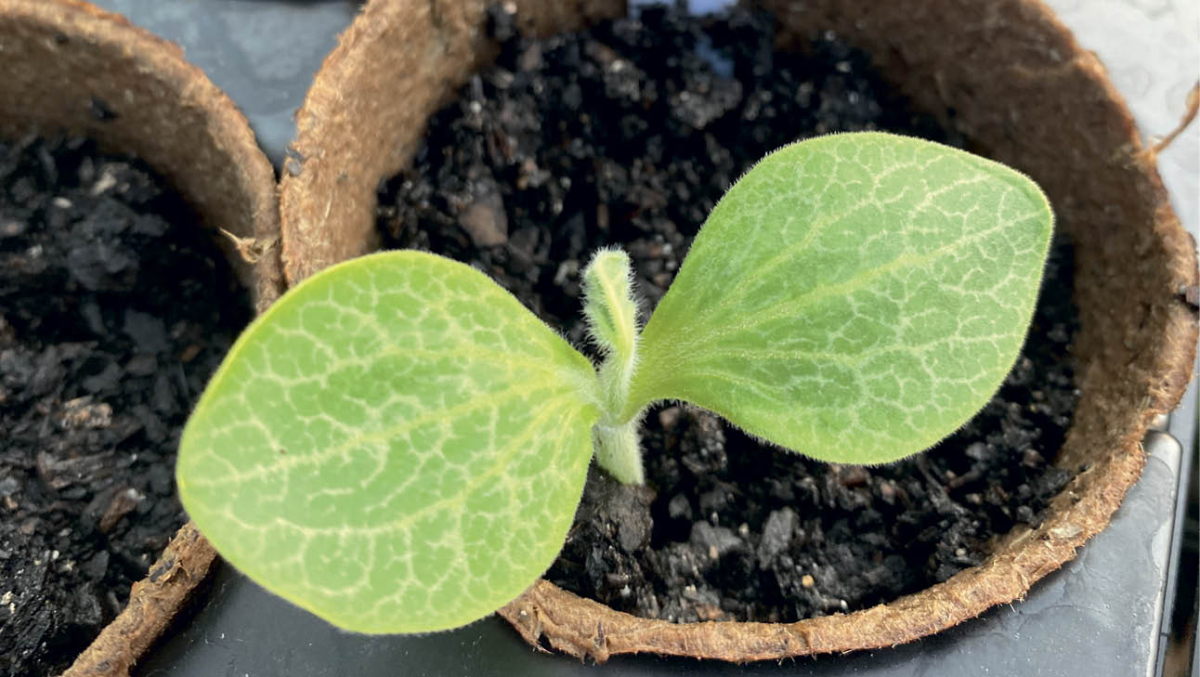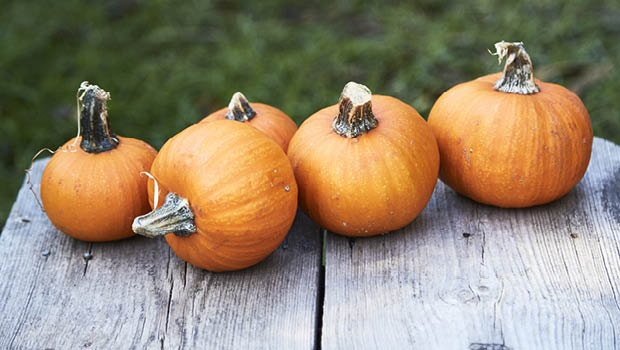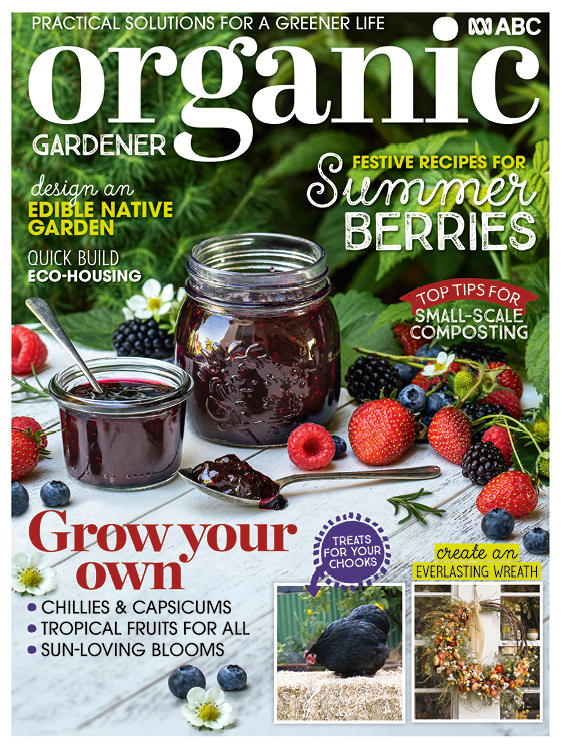Time to grow squash
2023-12-11T23:46:44+11:00
There's a surprisingly diverse and super-productive range of squash – and you only need a few plants to feed a family.
If your idea of squash is limited to little yellow round fruits with scalloped edges, you’re in for a treat! Squashes are a cornucopia of intriguing shapes, beautiful colours and flavours, with varieties for all climates, so there’s plenty to enjoy.
Like many other heirloom vegetables, squash often have common names relating to their rich history or origins, but names in Australia can be different to other countries. Here, the word squash is a broad term describing a range of Cucurbit family plants, of various species and genera. As always, learning the botanical name of a plant gives clarity and helps to understand its needs, especially when it comes to seed saving to preserve unusual and special varieties.
In Australia, squashes can be listed as squash, pumpkin, zucchini and gourd, with names varying between catalogues. The squashes I’m describing here are mainly found as cultivars in Cucurbita pepo.
Growing
Squash is a frost-tender annual, so is planted out after the last frost of spring. They need a temperature of at least 15°C (but optimally 20) to germinate and a soil pH of 6–7.5. If your soil is too wet, germination may slow.
Squash plants dislike root disturbance, so it’s best to sow squash seeds direct into the garden when the weather is warm enough. However, to get a head start, raise them in small biodegradable pots in a sheltered position or greenhouse until it is warm enough and then plant them out, pot and all.
Prepare small mounds of soil around 1m diameter, adding to each one a bucket of well-rotted compost, half a bucket of well-rotted cow manure, and 2–3 handfuls of pelletised organic fertiliser, dug through evenly. Space mounds 1.2m apart to allow good airflow and so prevent pest and disease build up. It will also encourage plants to fruit longer. Plant one seedling, or sow 2–3 seeds 15mm deep into each mound, thinning to one strong plant per mound in a couple of weeks. One plant per 1–2 people is usually enough unless you want to share or preserve.

Pollination and bees
Cucurbits have male and female flowers on each plant. Female flowers have a small embryo fruit at their base, which drops off if the flower does not receive pollen from a male flower, usually brought by a bee. If your tiny fruits are dropping off, you may have a shortage of bees or other pollinators.
In the long-term, fix this by planting more flowers. In the short-term, hand pollinate the female flower parts with some pollen from a male flower, either with a small paintbrush or by picking and using the male flower stalk. Once the flower has dropped off and the fruit remains, you know it has been successfully pollinated.
Pest control
Watch for and control slugs, snails and caterpillars. White fly and aphids can be treated with commercial or homemade soap sprays (make your own by adding two tablespoons of soap flakes to one litre of warm water and stir until dissolved).
In late autumn, watch for damage to squashes from rodents and small animals as other food sources dry up. You may need to harvest earlier than expected to avoid losing your crop. Squash bugs can also be a problem in tropical and subtropical gardens and, like many other bugs, can be tricky to control. Keep garden debris to a minimum, practise crop rotation. Pick them off early in the morning when less active and drop into soapy water. Finally, spray with neem oil or, as a last resort, pyrethrum.
Harvesting and storage
Know your variety to know when best to harvest. For thin-skinned squashes, harvesting regularly keeps plants producing well. Smaller fruits are more tender and flavoursome than larger fruits.
For thick-skinned squashes, such as spaghetti or gem, harvest when the fruit stem dries off, or after the first light frost, as the plant dies. Leave a bit of stem attached to prevent rot getting into the top. You can store thick-skinned squashes for 2–6 months, depending upon variety, in a cool, dark, airy place, on a rack, or on some newspaper, inspecting regularly for signs of deterioration.
In the kitchen
Squashes contain carotenes, vitamins A, B and C, folate and minerals such as magnesium, potassium and phosphorous. Flowers are edible, but it’s best to eat male flowers, leaving female flowers to produce fruits. Removing the strong-tasting pollen stamen is optional. Dip stuffed or plain flowers in batter and deep fry or add flowers to the top of a frittata.
Thin-skinned squashes can be stir-fried, sauteed, steamed, grilled, baked, added to pasta sauces, curries or soups. Thick-skinned squashes can be steamed, roasted, or peeled and added to curries or soups. You can also wash the flesh off squash seeds and roast them at 180°C in a pan with a little oil and salt for snacking.
This article first appeared in our Early Summer 2021 issue (OG 129). For more seasonal growing ideas, subscribe to the ABC Organic Gardener magazine – the magazine filled with practical solutions for a greener life! Head here to find out how.







